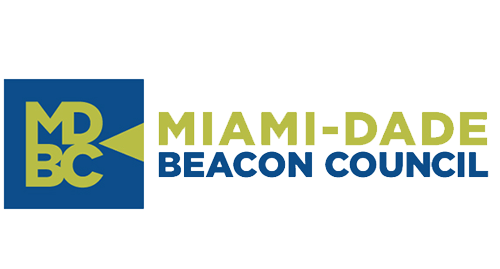
This article first appeared in Infobae on July 28, 2021.
The Tecnológico de Monterrey presented its study on the current government’s Anti-Corruption Prosecutor’s Offices. The question with which the project begins is: Does the autonomy of the Anti-Corruption Prosecutor’s Offices really guarantee a reduction of the problem? At first, the conclusion reached by the research is that this is not necessarily the case.
The work begins by recalling why corruption is such a serious problem for Mexico. The Transparency and Anti-Corruption initiative states that the estimated cost of this type of crime is 347 billion pesos annually, representing 5 to 10% of the Gross Domestic Product (GDP). Furthermore, according to Transparency International’s Corruption Perceptions Index (CPI) 2020, Mexico ranks 124th out of 180, where the first position is occupied by the highest ranked country. Although it improved by 6 positions with respect to the previous edition of the CPI, it still occupies a worrisome place.
In the research conducted by the Tec de Monterrey, three criteria were taken into account to rate the state of the 33 anti-corruption prosecutors’ offices throughout the Mexican Republic: Autonomy, Effectiveness and Transparency.
As was made clear at the press conference to present the research, transparency was one of the main challenges in conducting the study. The academics who consulted the prosecutors’ offices found that 20 of them gave deficient answers, that is to say, “Entities that did not respond to the request for information and/or whose response was so deficient that they failed in access to information”.
On the other hand, 11 prosecutors’ offices gave “acceptable” answers, “that responded partially and/or that having answered the entire request, their response was not provided in open data format”. And finally, only two prosecutors’ offices responded completely to the requests in open data format so that they could be used in an agile and correct way by the investigators.
Regarding the autonomy of the prosecutors’ offices, according to the 12 criteria explained in detail on the study’s website, the national average is 5.78 points out of 12, which would be the highest score. The worst rated entity in this area is Coahuila, which only complied with one of the 12 autonomy criteria. The prosecutor’s office with the best score was Campeche with 10 out of 12 points, followed by Jalisco, Veracruz and the Federal Prosecutor’s Office with the same score.
With only 2 of the 12 autonomy criteria, the prosecutor’s offices of Oaxaca, Nayarit, Mexico City and Baja California Sur tied for last place.
Regarding the effectiveness of the prosecutors’ offices, the way in which they were evaluated is according to the number of complaints they receive and how many of these lead to some type of sentence. In this sense, the best evaluated entity was Michoacán with 9 sentences (out of 165 complaints received), and with 6 sentences tied Zacatecas (583 complaints) and Tamaulipas (174 complaints). Then, with 3 sentences are Nuevo León and Sonora; with 2 sentences Puebla and Sinaloa; finally, with one sentence are Aguascalientes, Colima and Chihuahua.
The rest of the prosecutors’ offices have either not reached any sentences or did not respond to the investigators’ requests for information.
Some of the conclusions reached by the investigation are that only 0.19% of the complaints reach a sentence. Of the total of 17,873 complaints that were registered (despite the lack of response from many of the prosecutors’ offices) only 34 resulted in convictions, distributed among 7 of the 33 prosecutors’ offices in the country.














